What Retinol Actually Does For Your Skin
Retinol is a derivative of vitamin A. Once it’s absorbed by the skin, it converts into retinoic acid—the usable form your skin cells recognize and respond to, triggering them to behave in a healthier, more youthful way.
That means it:
- Stimulates collagen to reduce fine lines and improve firmness
- Accelerates cell turnover to smooth texture and prevent clogged pores
- Reduces pigmentation to even out tone and fade sun damage
All of this happens at the cellular level, deep in the dermis—where true skin aging begins. That’s what makes retinol so powerful. It doesn’t just treat the surface—it remodels the skin from the inside out.


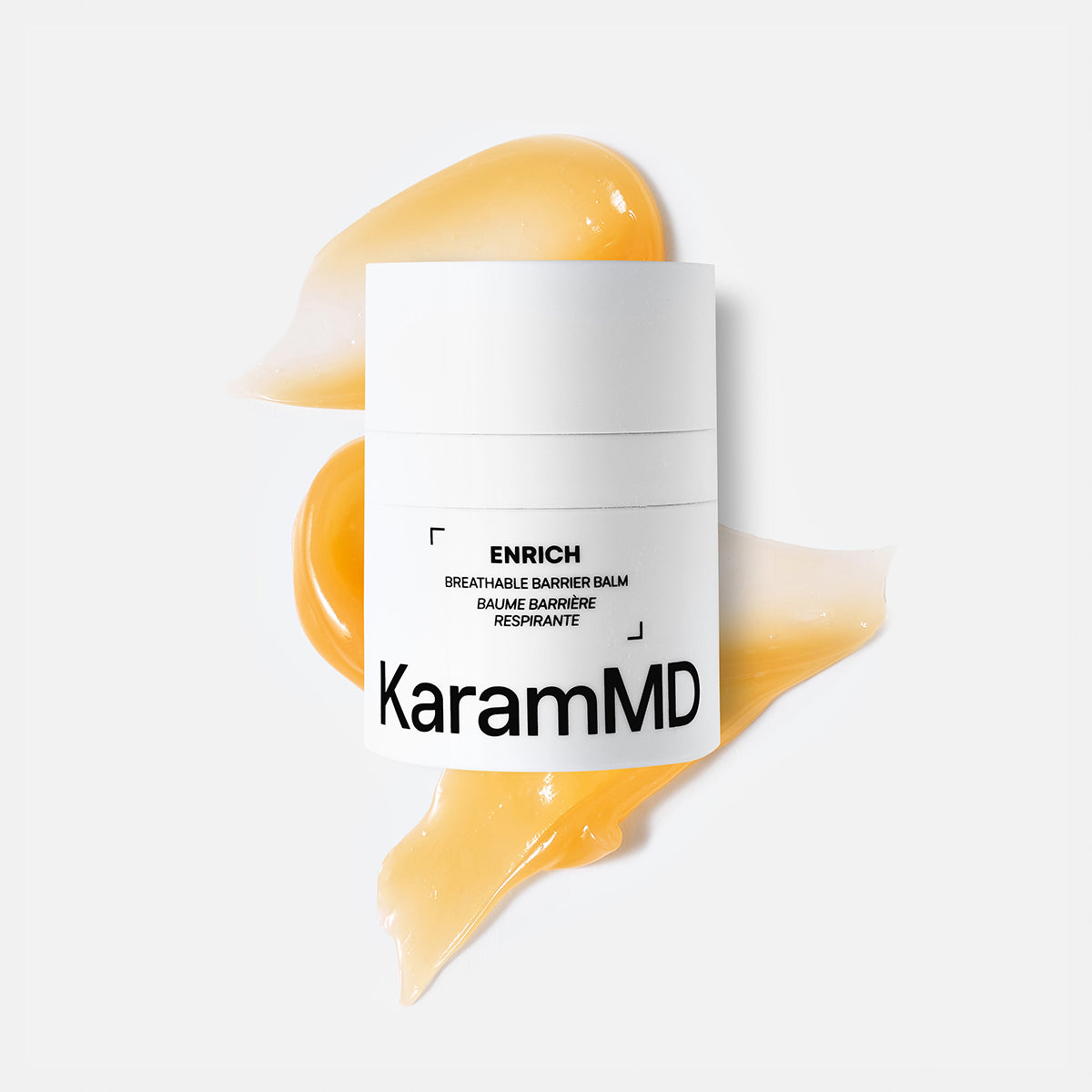
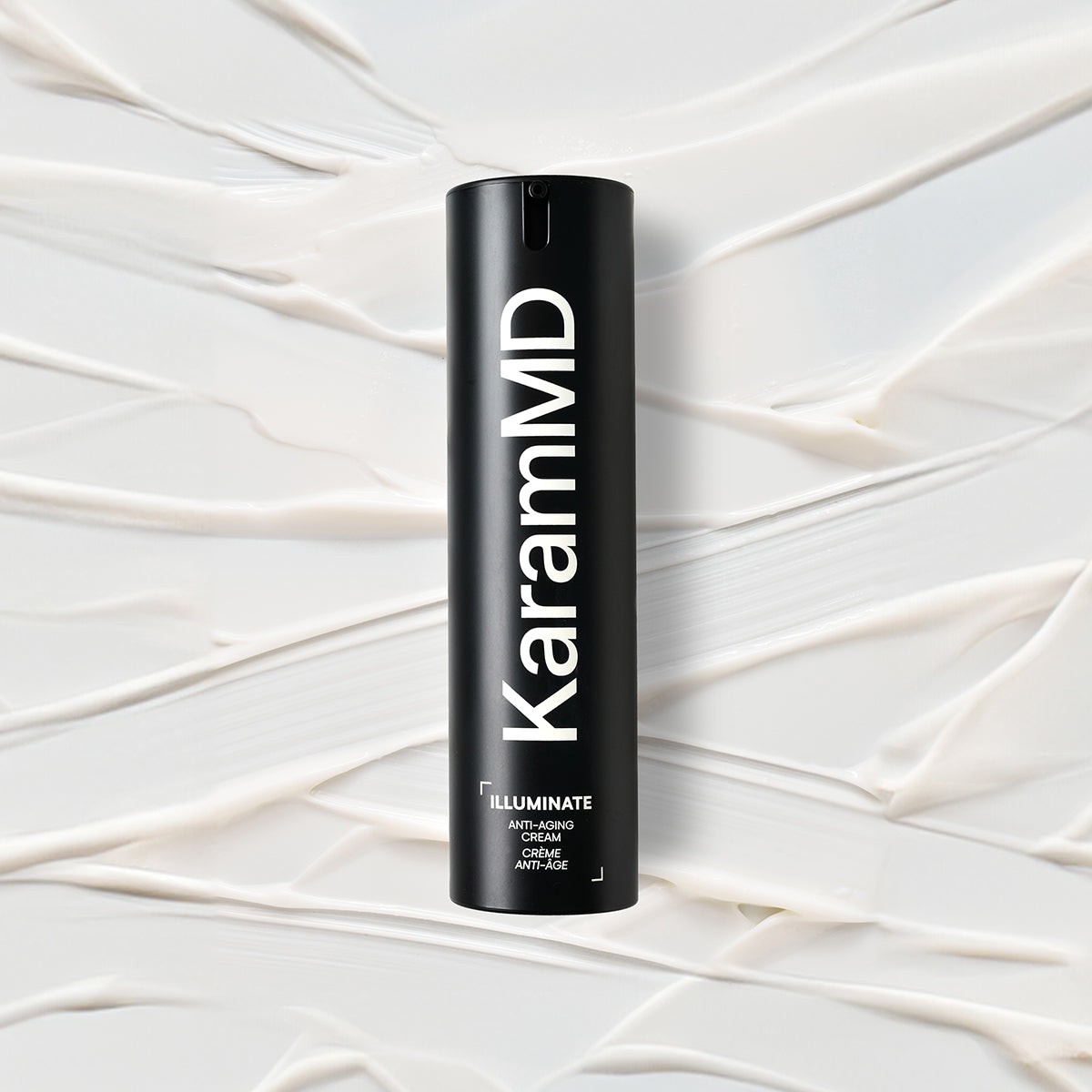
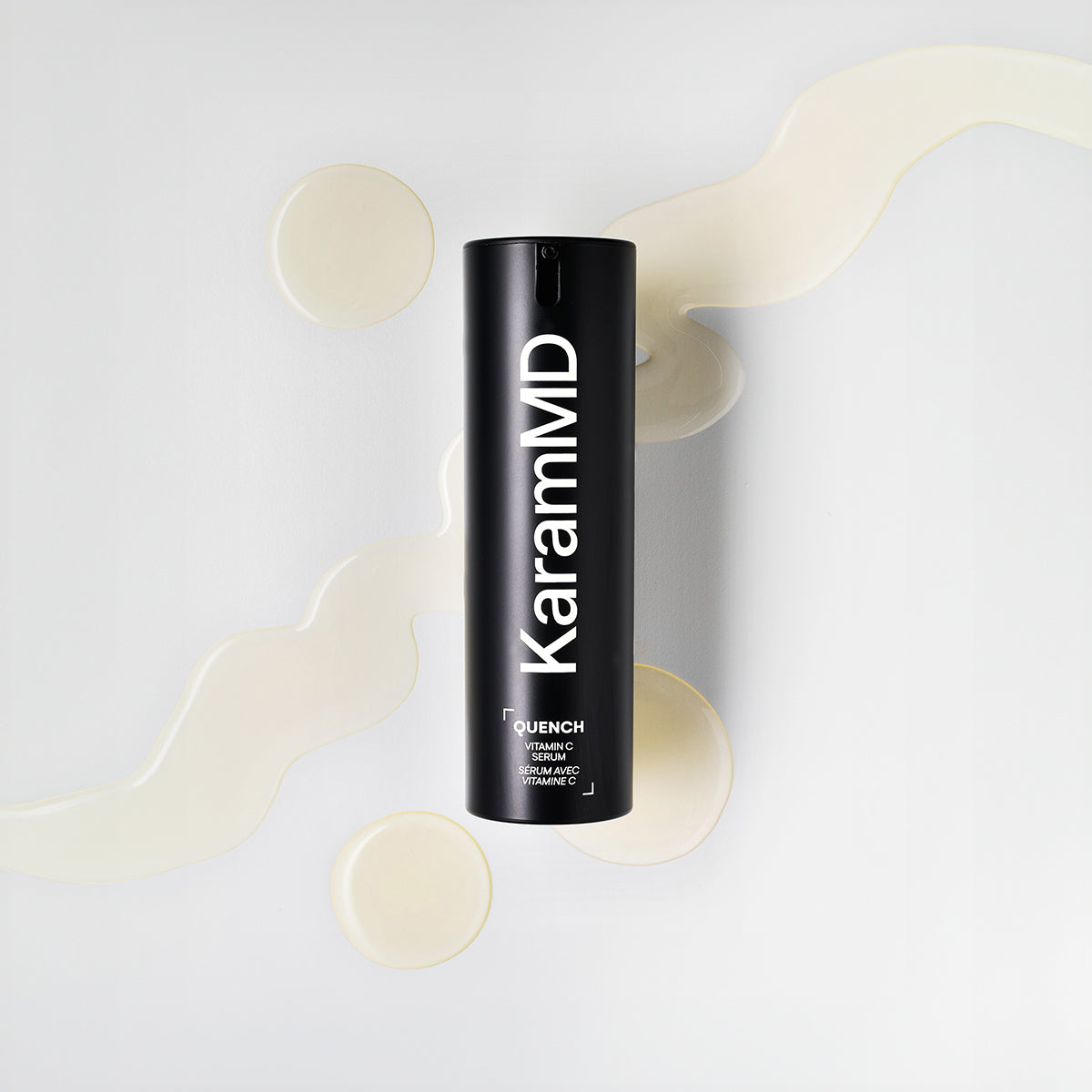
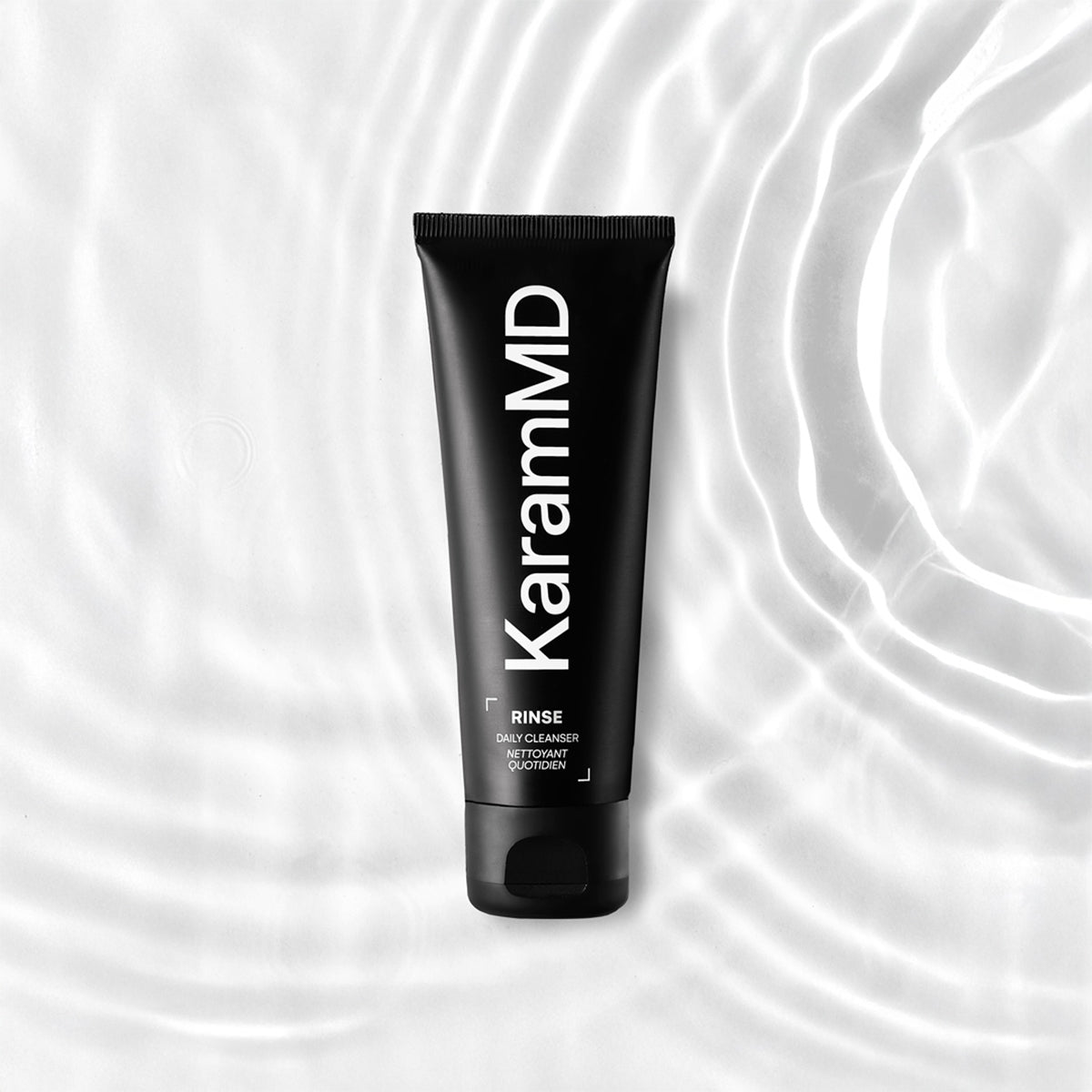


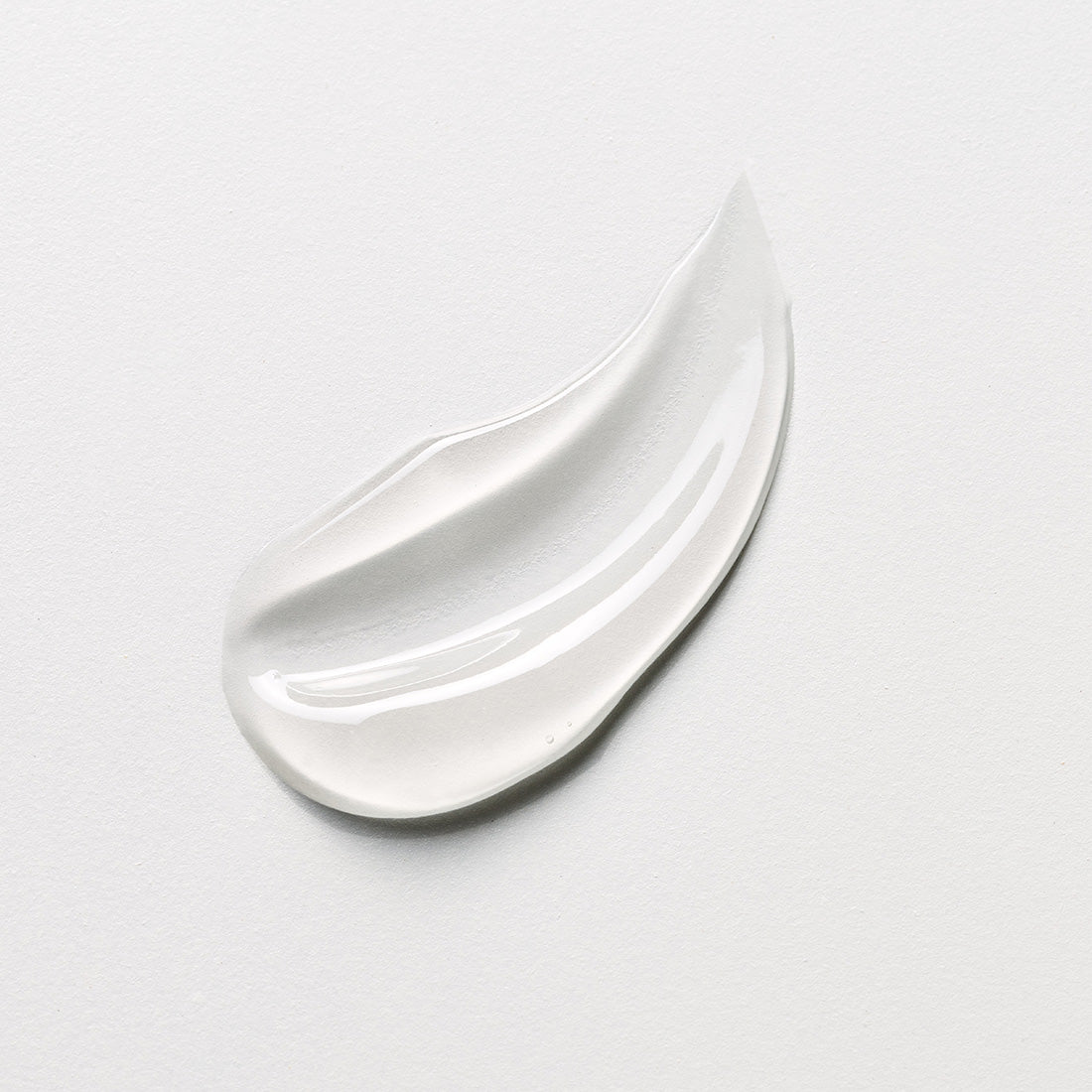

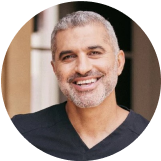
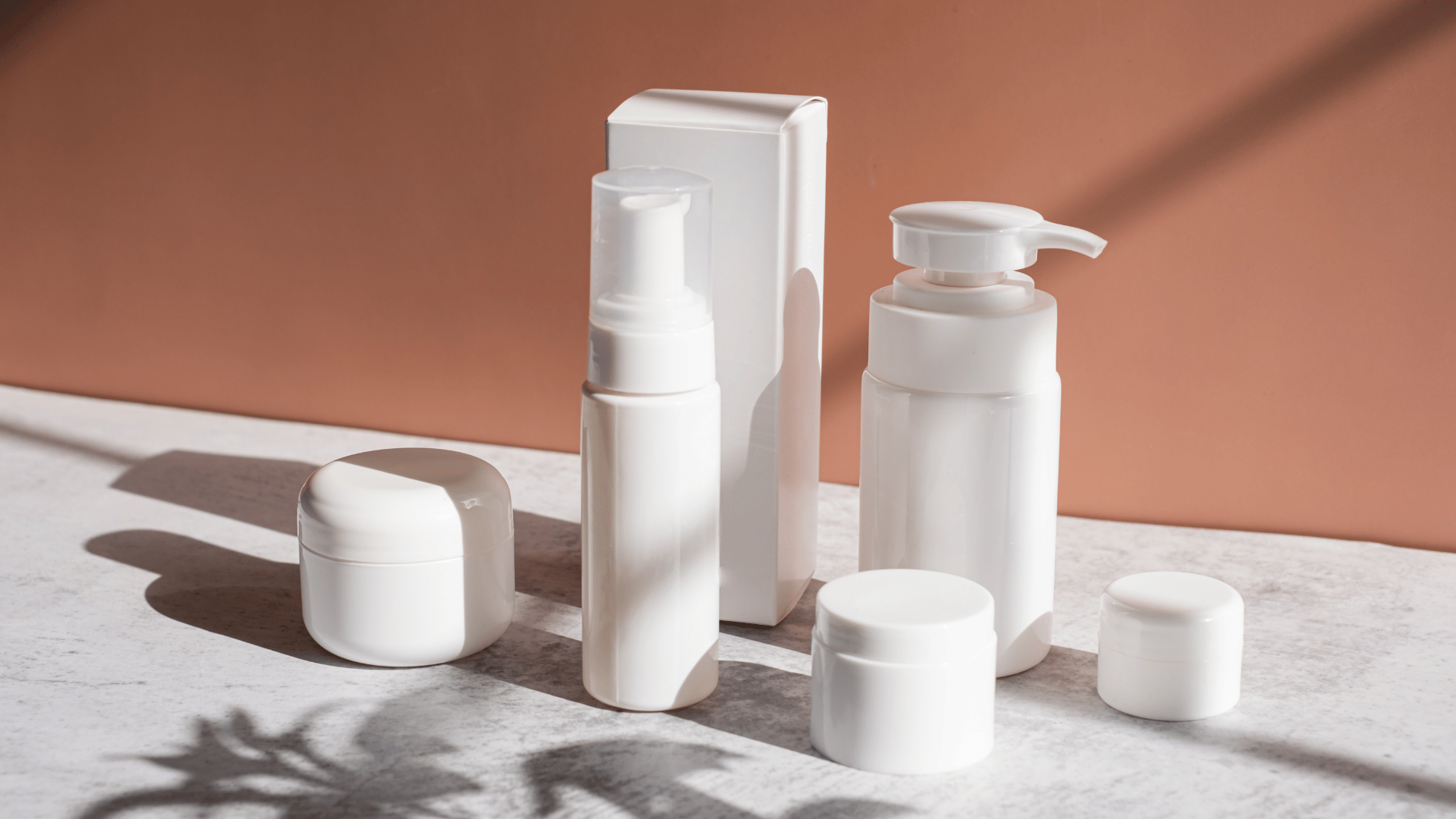


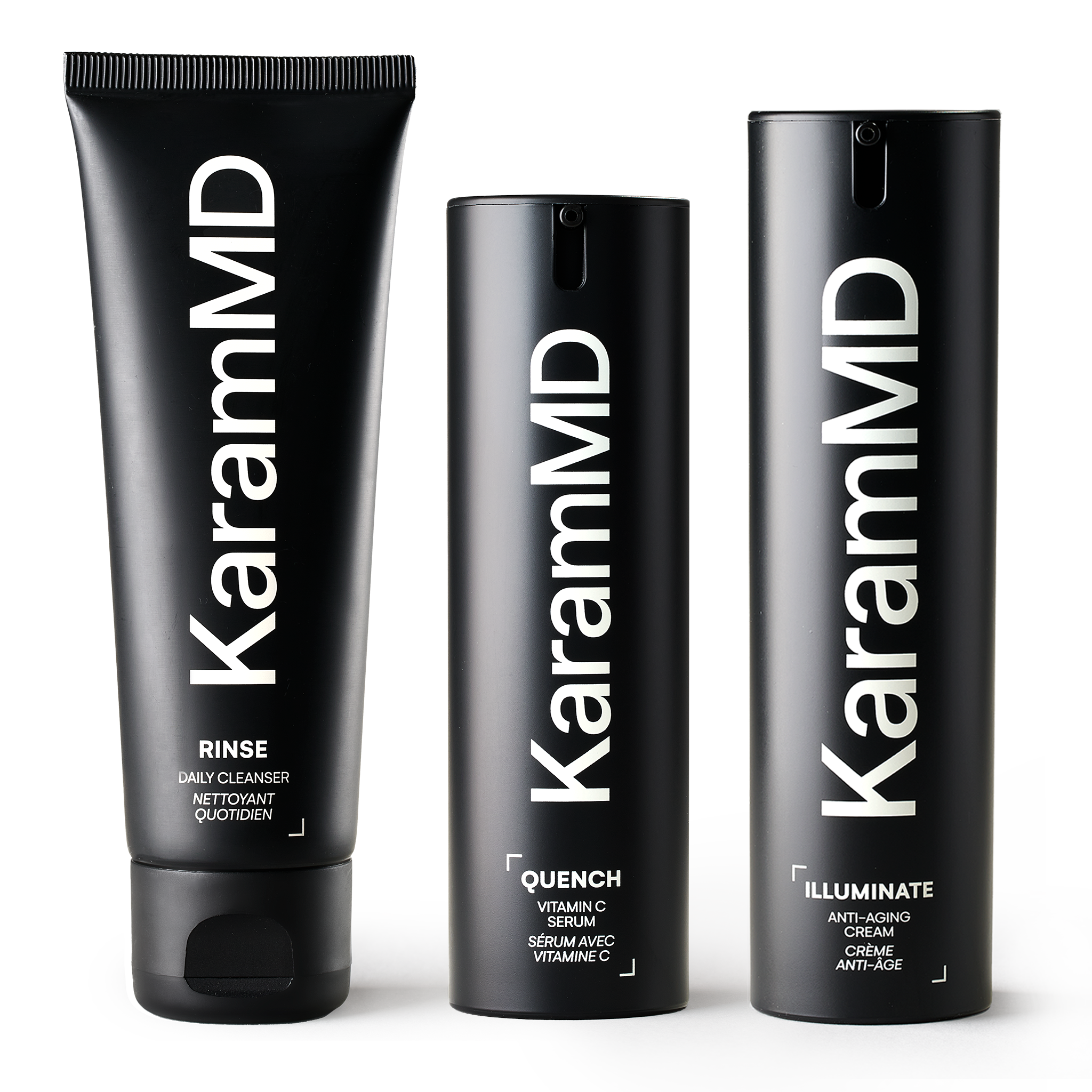

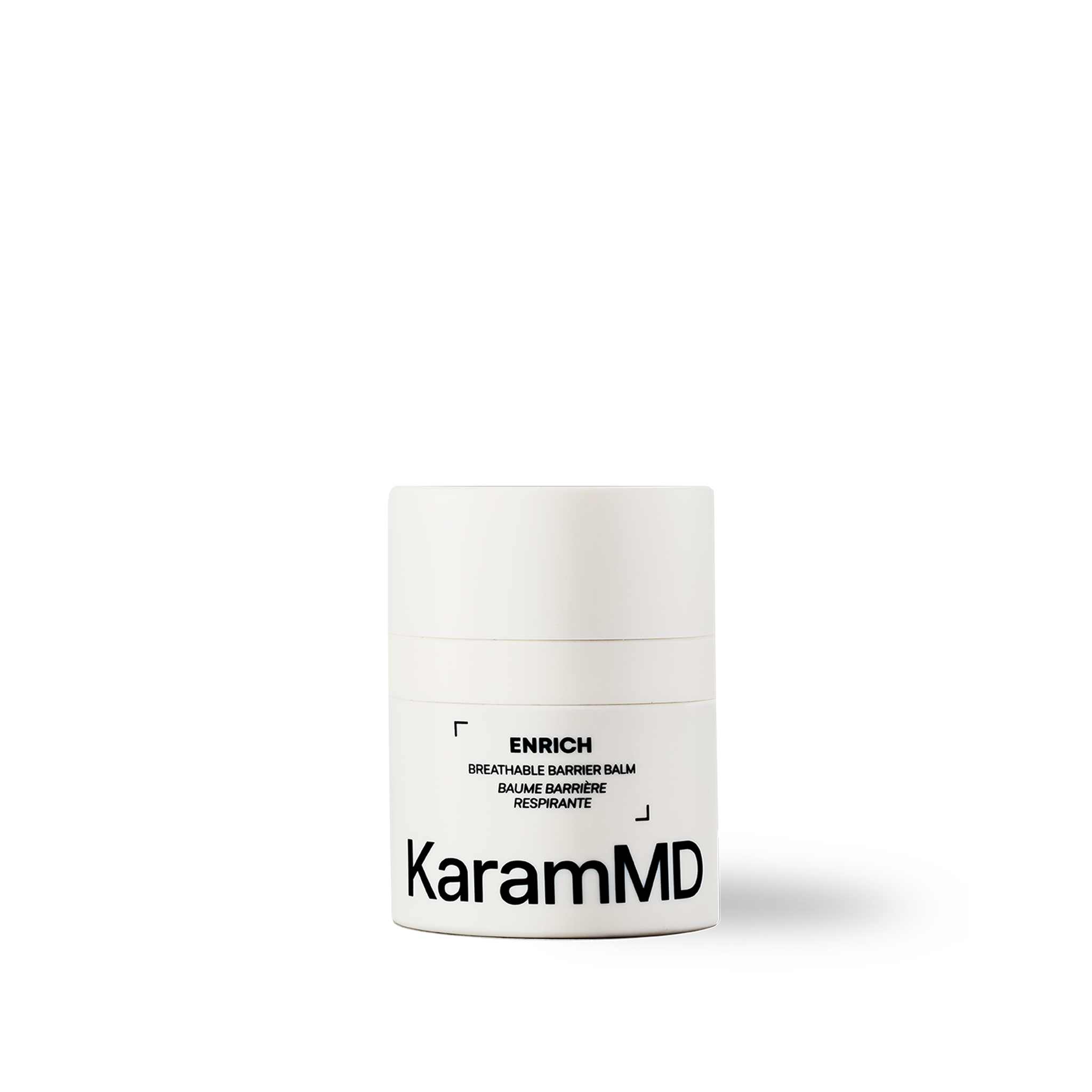
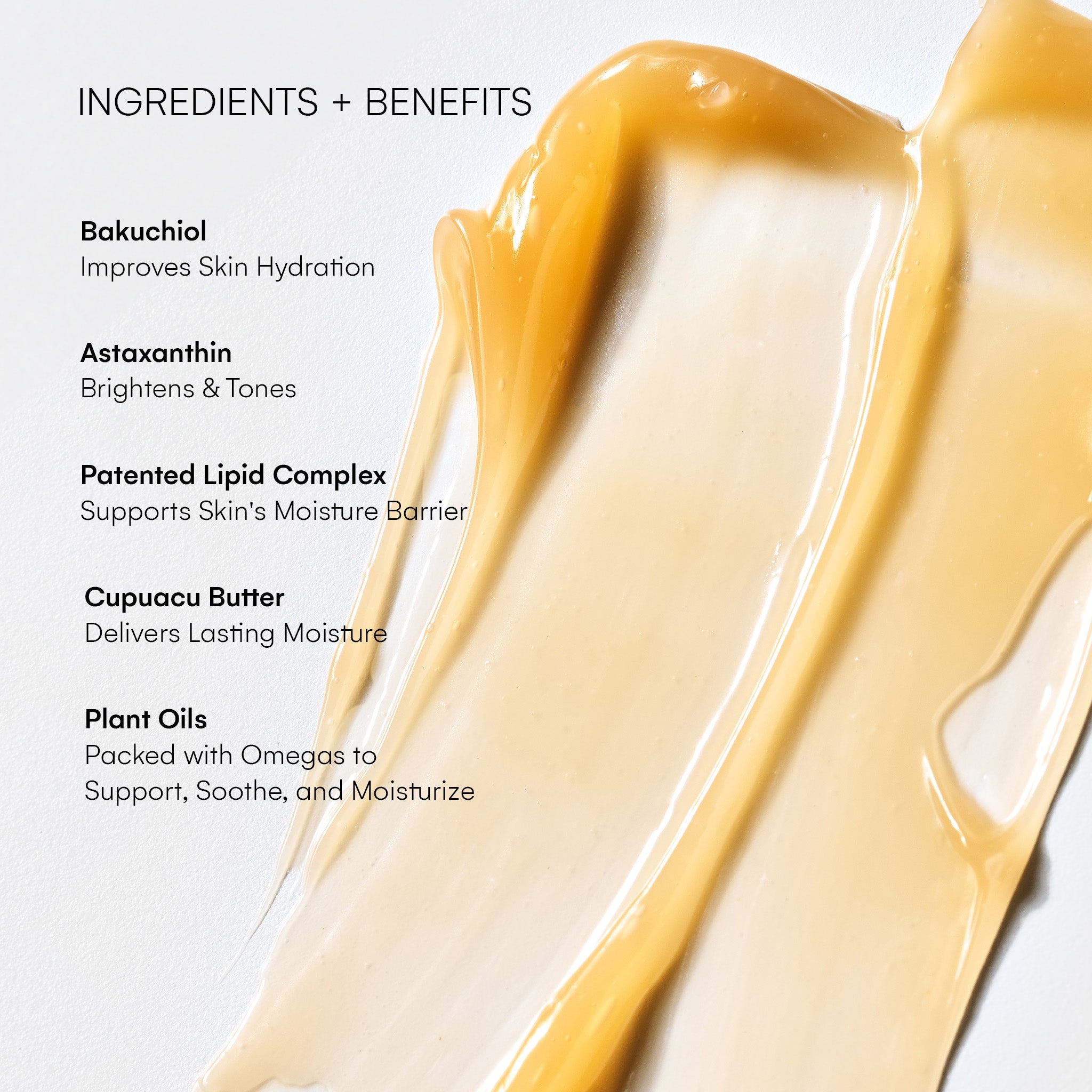
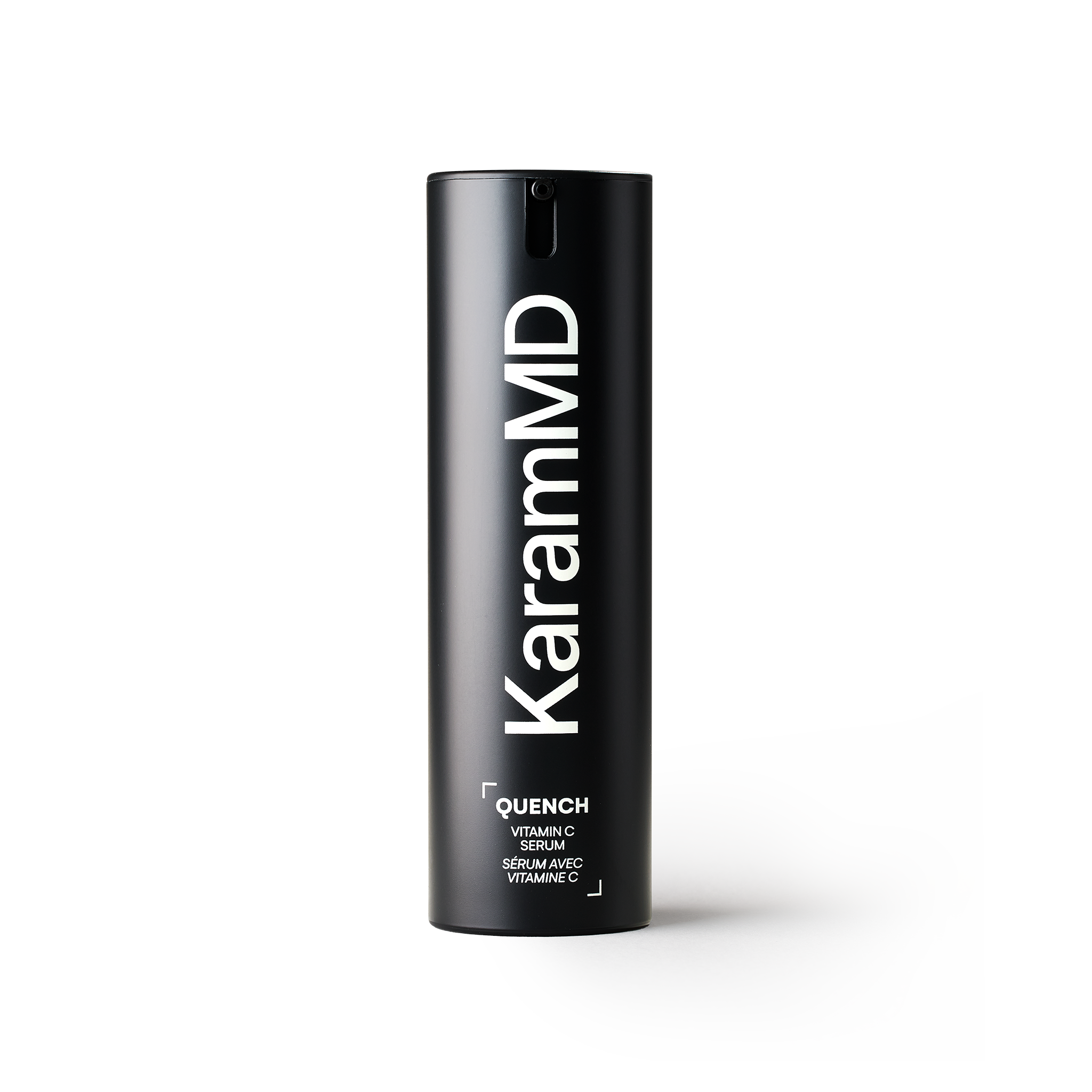
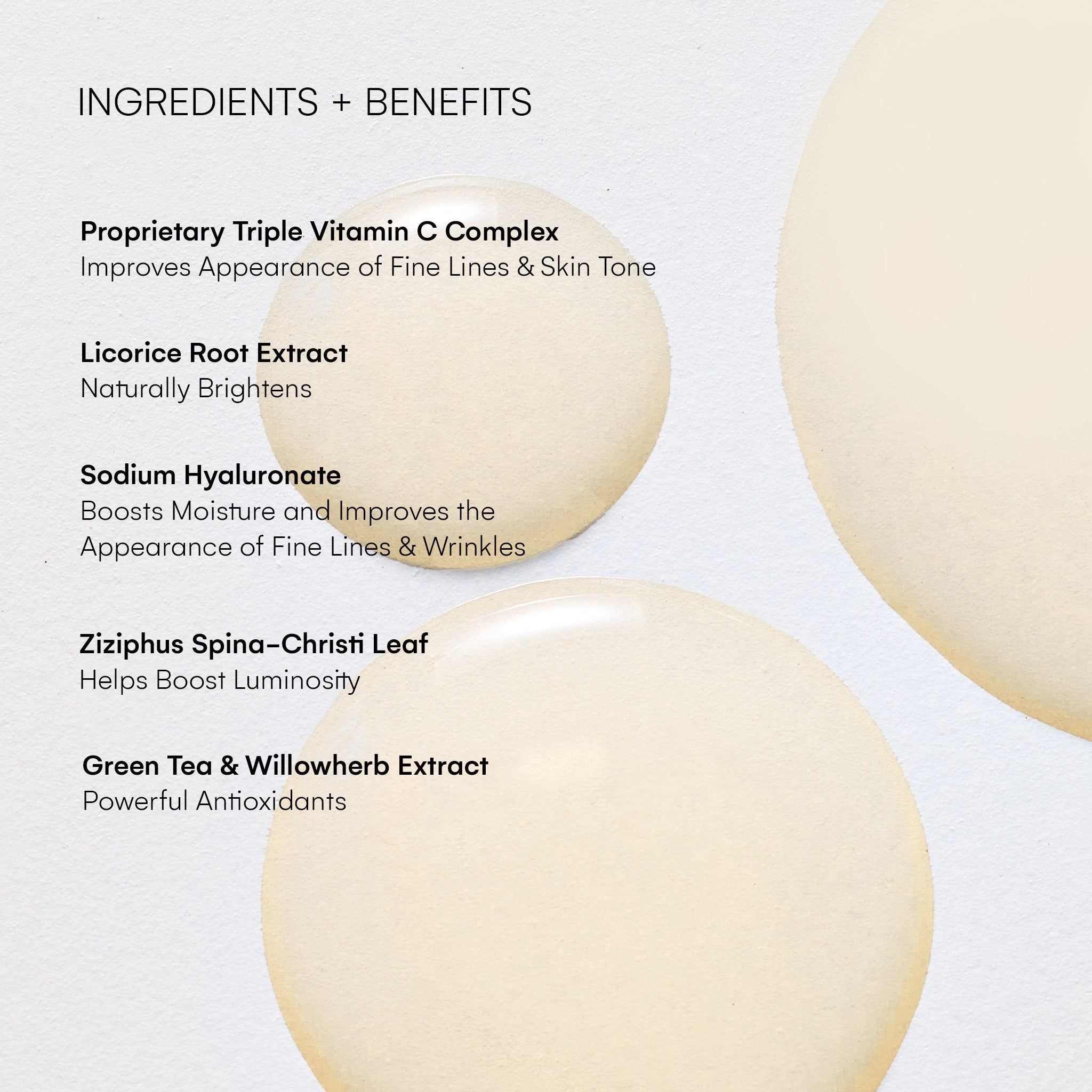
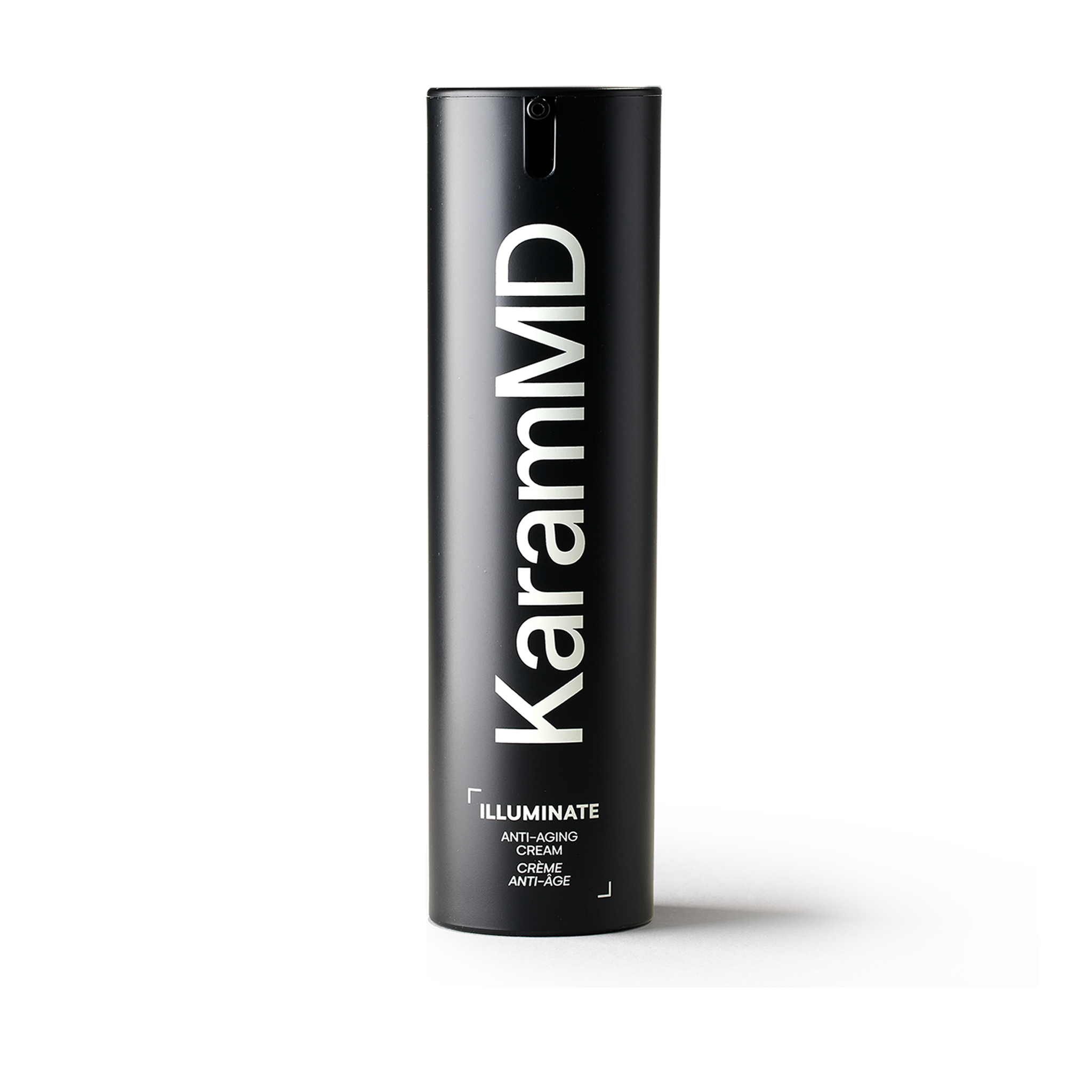
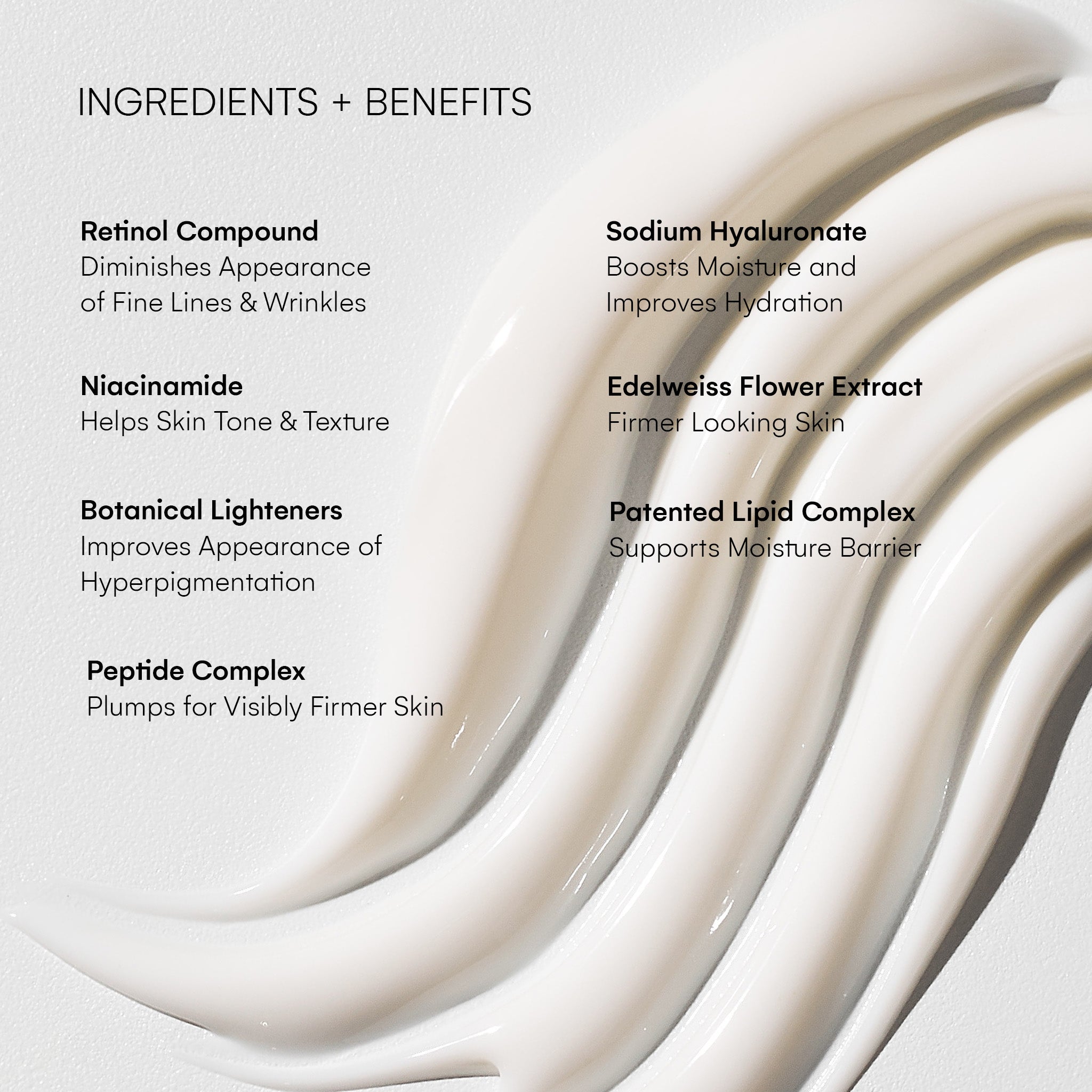

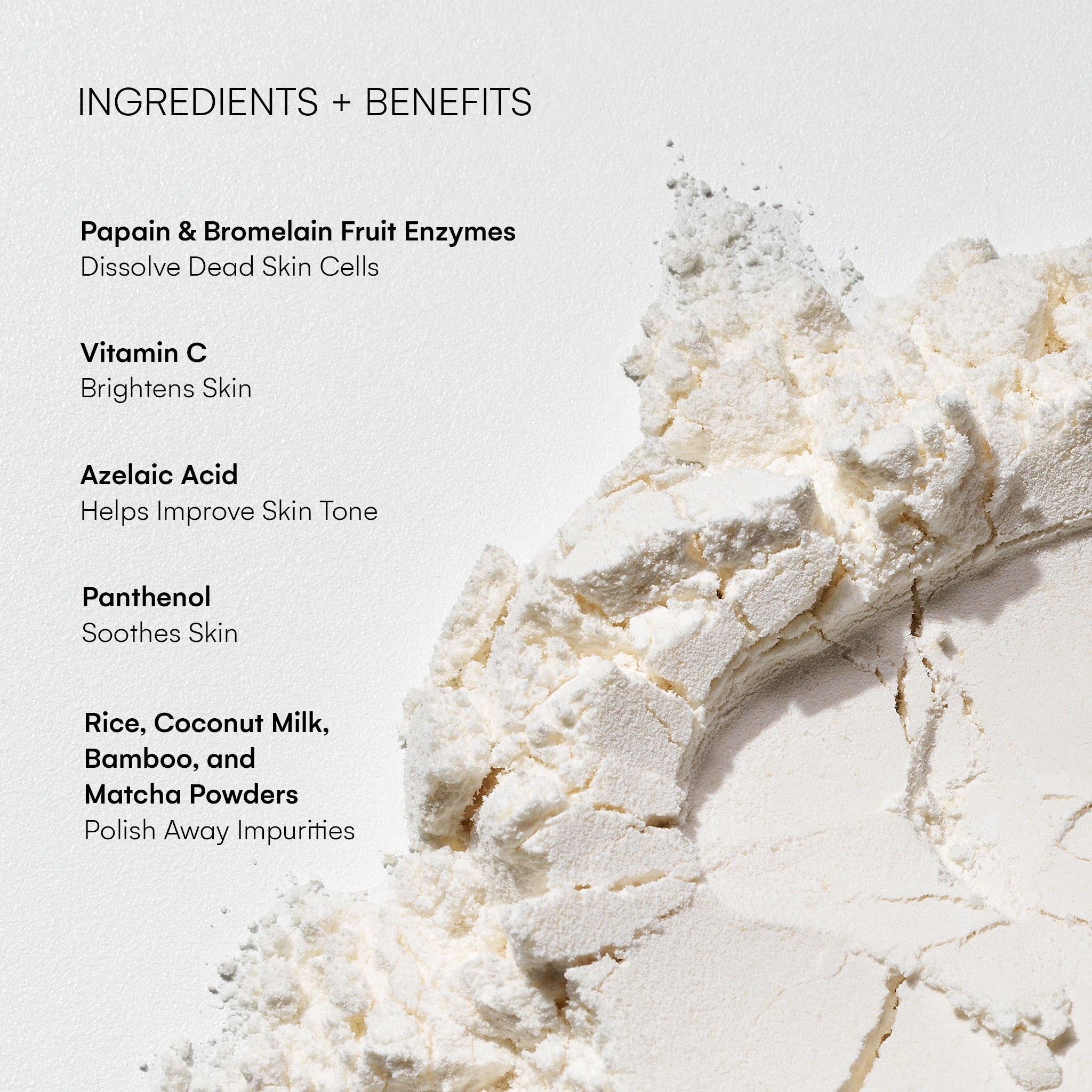
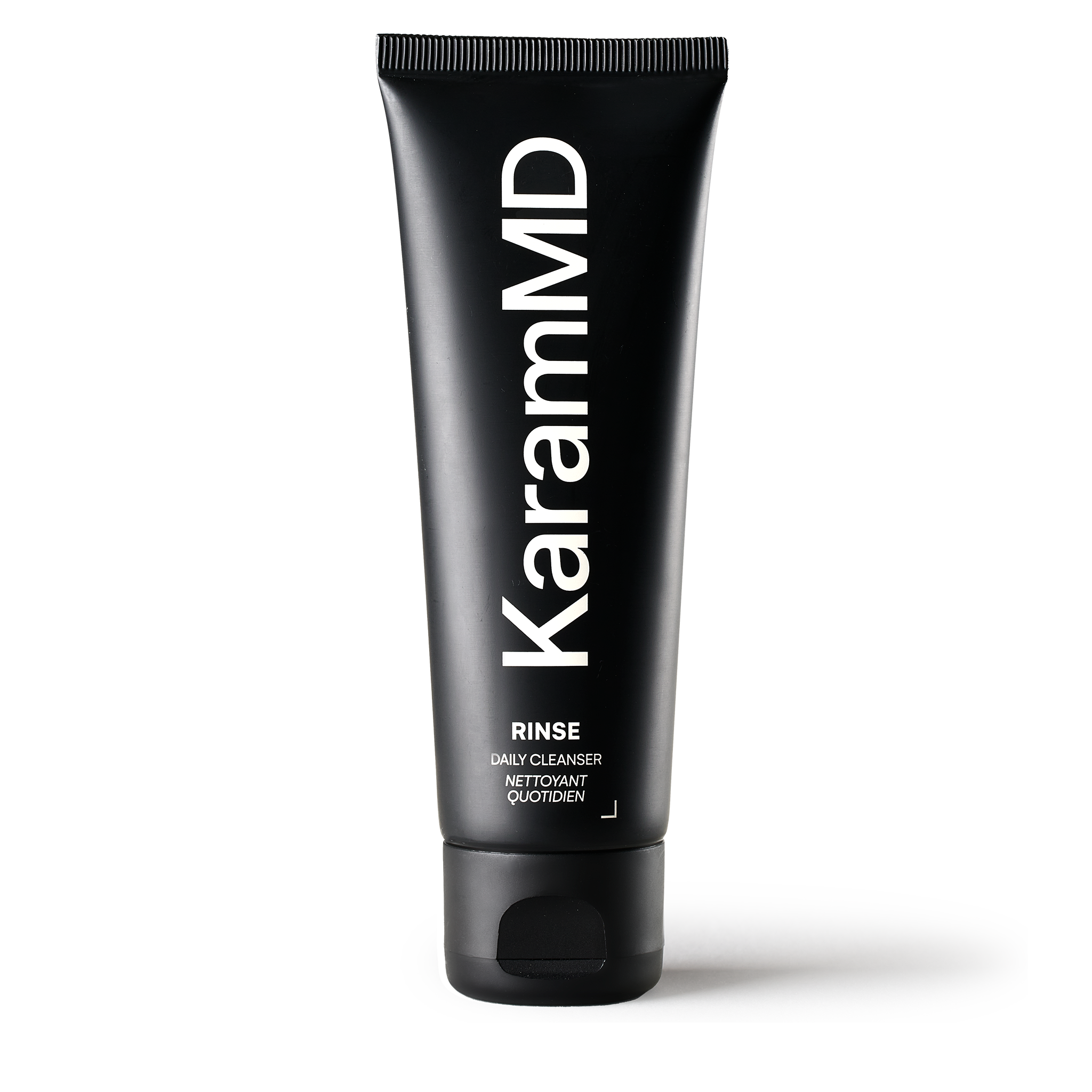
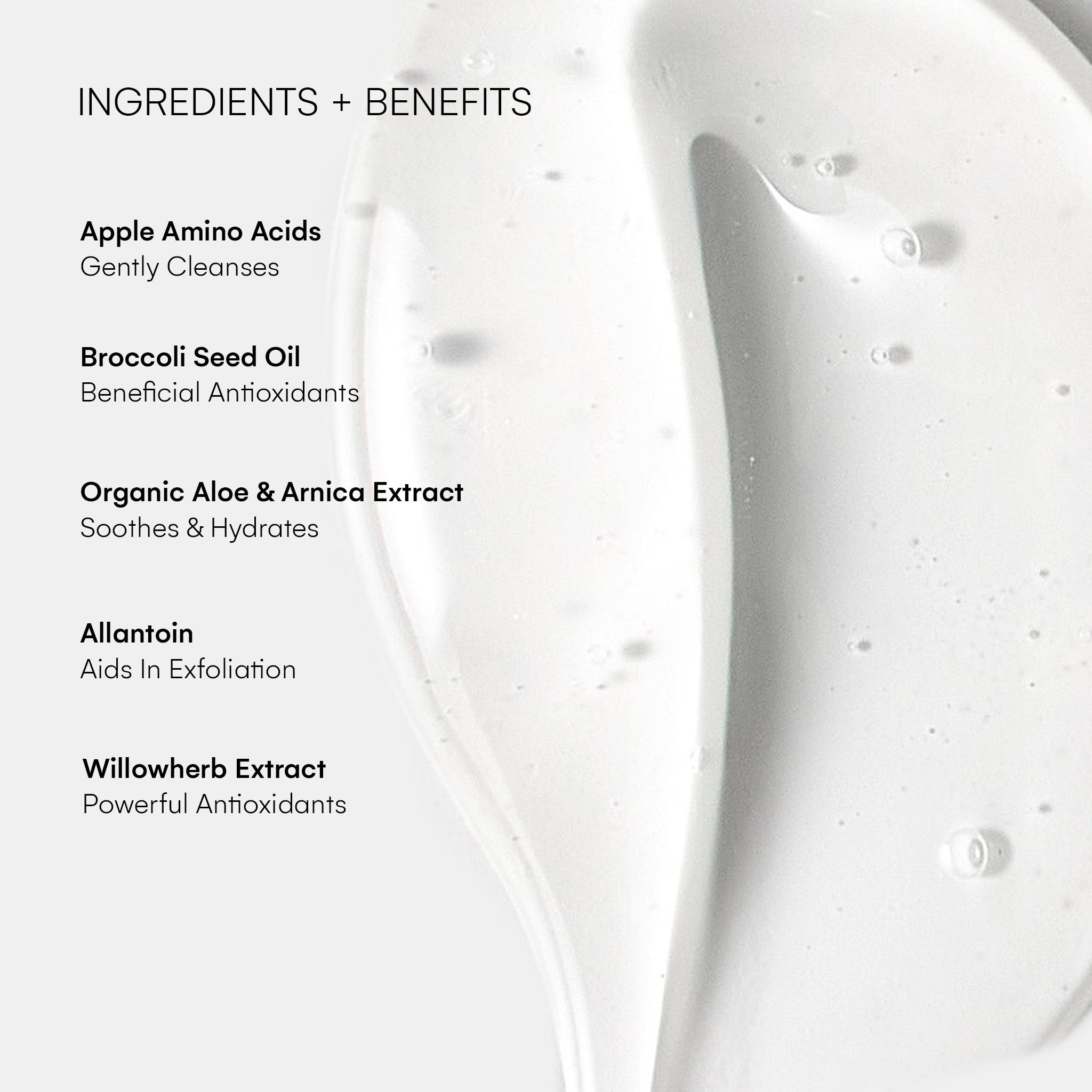
9 comments
Danielle Belton
Hello,
I am 63 and am experiencing eye bags.
What do you recommend?
I have already ordered Trifecta which should be delivered shortly.
Thank you,
Danielle
———
KaramMD Skin replied:
Hi Danielle—Thanks for your comment! We’re excited for you to get started with the Trifecta. To help reduce the appearance of eye bags and dark circles, it’s great that you’re using a system like Trifecta, which includes key ingredients such as Vitamin C (to brighten), retinol (to support collagen production), peptides (to help firm the skin), and hyaluronic acid (to hydrate and plump). Consistency is key—results take time and are best seen with regular, ongoing use. In addition to your skincare, small lifestyle adjustments can make a big difference: aim for 7–9 hours of sleep, stay hydrated, reduce salt and alcohol intake, and use cold compresses when needed. For more stubborn under-eye concerns, in-office treatments like fillers, laser therapy, or microneedling may be helpful.
Tami
Do you have a product with tretinoin in the Trifecta line?
———
KaramMD Skin replied:
Hi Tami—Thanks for your comment! The Illuminate step in the Trifecta contains a highly effective, stabilized form of retinol, which provides powerful anti-aging benefits while being gentle enough for regular use. The Trifecta line does not include prescription Tretinoin, but for most users, the retinol in Illuminate is more than sufficient for maintaining healthy, youthful skin. If you’re under the care of a dermatologist and decide to incorporate prescription Tretinoin, it can be added after completing your Trifecta routine.
Angela
Thank you for the in-depth explanation…… Very helpful. Love your products, have made huge difference in my skin…..
———
KaramMD Skin replied:
Hi Angela—Thanks for your comment! We’re delighted to hear the explanation was helpful and that our products have made such a positive difference for your skin. Your support means the world to us! 💛
Elisabeta Dura
Excellent! More detailed and useful exposures than yours, Doctor, there is no exist !
Thank you
———
KaramMD Skin replied:
Hi Elisabeta—Thanks for your comment! We’re thrilled to hear you found the post detailed and useful. Your kind words mean a lot—glad to be of help on your skincare journey! 😊
Leave a comment
All comments are moderated before being published.
This site is protected by hCaptcha and the hCaptcha Privacy Policy and Terms of Service apply.